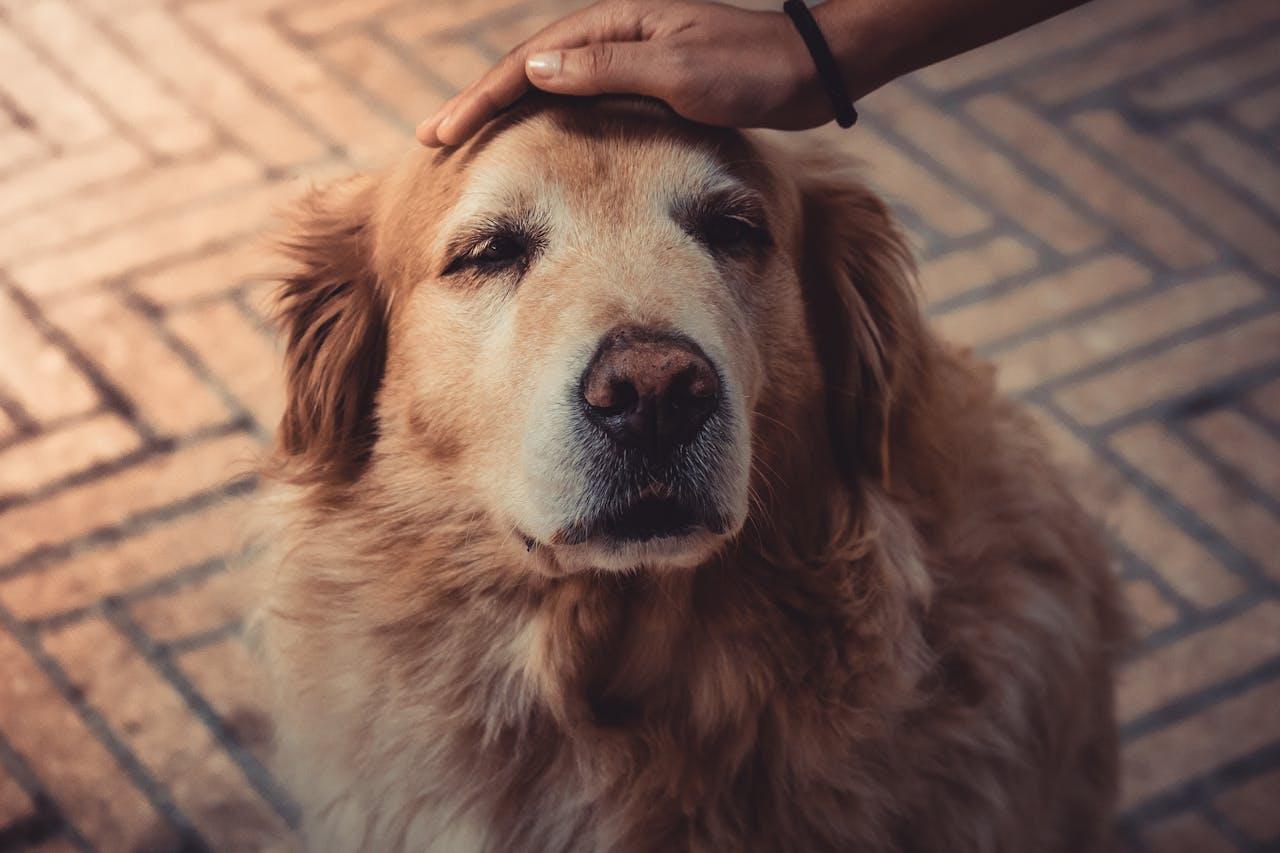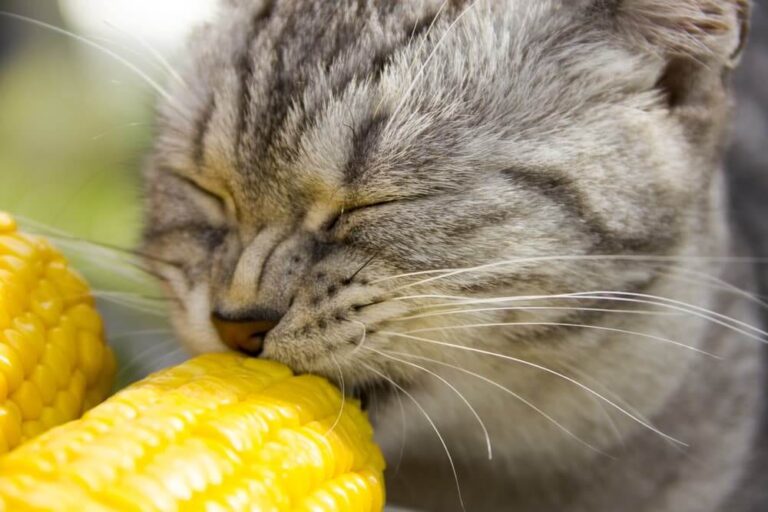Senior Pets and Relocation: Addressing the Needs of Aging Animals During Moves
Relocating can be a stressful event for anyone, but it can be particularly challenging for senior pets. As our furry friends age, they develop a deep attachment to their surroundings, and any significant change can disrupt their sense of security. Ensuring their comfort and well-being during a move requires careful planning and consideration. This article aims to guide pet owners through the process of moving with senior pets, addressing the unique needs of aging animals to make the transition as smooth as possible.
Contents
- 1 Understanding the Needs of Senior Pets
- 2 Planning Ahead: The Key to a Smooth Transition
- 3 Familiarizing Your Pet with Moving Supplies
- 4 The Benefits of Professional Movers
- 5 Maintaining Routine and Familiarity
- 6 Creating a Safe Space
- 7 Traveling Comfortably
- 8 Acclimating to the New Home
- 9 Monitoring Health and Behavior
- 10 Establishing a New Routine
- 11 Socialization and Stimulation
- 12 Seeking Professional Help
- 13 Moving with Multiple Senior Pets
- 14 Long-Distance Moves and Air Travel
- 15 Post-Move Adjustments: Needs of aging animals
- 16 Conclusion: Prioritizing Your Pet’s Well-Being
Understanding the Needs of Senior Pets
Senior pets, like elderly humans, have specific needs that differ significantly from those of younger animals. They may have health issues, reduced mobility, and heightened anxiety levels. Their routines and familiar environments provide them with comfort and stability. When planning a move, it’s essential to understand these needs and prepare accordingly.
Planning Ahead: The Key to a Smooth Transition
The key to a successful move with senior pets lies in meticulous planning. Start by consulting with your veterinarian well in advance of the move. A thorough health check can identify any issues that might need attention before the move. Discuss any specific concerns related to travel and ask for recommendations on managing stress and anxiety. If your pet is on medication, ensure you have an adequate supply to cover the moving period and any potential delays.
Familiarizing Your Pet with Moving Supplies
Moving supplies like boxes and packing materials can be introduced gradually to your senior pet. Placing these items in your home well before the move allows your pet to get used to them. This reduces the shock of suddenly being surrounded by unfamiliar objects. Encouraging exploration and providing positive reinforcement can help your pet associate these items with a sense of normalcy.
The Benefits of Professional Movers
Hiring a professional moving company offers several advantages that can directly benefit senior pets. Experienced movers handle the heavy lifting and logistics, allowing you to dedicate your time and energy to your pet’s needs. Companies like Peasley Transfer & Storage offer various types of services that can be customized to accommodate the unique requirements of your move. These services include professional packing, secure storage options, and detailed moving plans tailored to your specific needs. By opting for comprehensive moving services, you can ensure that every aspect of the move is handled efficiently, reducing the overall stress for both you and your pet.
Maintaining Routine and Familiarity
Maintaining your pet’s routine as much as possible during the move is crucial. Feedings, walks, and playtime should remain consistent. If you’re relocating a significant distance and staying overnight in unfamiliar places, try to replicate your pet’s home environment. Bring along their favorite bed, toys, and blankets. These familiar items can provide comfort and a sense of security amid the chaos.
Creating a Safe Space
On moving day, the hustle and bustle can be overwhelming for senior pets. Designate a quiet, secure area where your pet can stay away from the commotion. This space should have their bed, water, food, and a few favorite toys. If possible, have a trusted friend or family member look after them. This will allow you to focus on the move without worrying about your pet’s immediate well-being.
Traveling Comfortably
Travel can be particularly stressful for senior pets. Ensuring their comfort during the journey is essential. For car travel, secure your pet in a well-ventilated carrier or a pet seatbelt. Make frequent stops for bathroom breaks, especially if the journey is long. Keep the car at a comfortable temperature and avoid feeding your pet right before the trip to prevent motion sickness.
Acclimating to the New Home
Once you’ve arrived at your new home, the priority is to help your senior pet facilitate adaptation to the new environment. Start by confining them to a single room with their familiar items. Gradually introduce them to other parts of the house. This controlled exposure prevents them from feeling overwhelmed and helps them slowly adjust to their new surroundings.
Monitoring Health and Behavior
After the move, closely monitor your senior pet’s health and behavior. Changes in appetite, bathroom habits, or activity levels can indicate stress or health issues. If you notice anything concerning, contact your veterinarian promptly. Stress can exacerbate existing health conditions, so it’s important to stay vigilant during this transition period.
Establishing a New Routine
Establishing a new routine in the new home is crucial for your pet’s comfort. Try to mimic the old routine as much as possible, but be flexible and patient as your pet adjusts. Regular feeding times, walks, and play sessions can help your pet feel more at home. The stability of a routine can significantly ease the stress associated with relocation.
Socialization and Stimulation
Keeping your senior pet socially and mentally stimulated is important, especially during the adjustment period. Spend quality time with them, engaging in activities they enjoy. This can help alleviate anxiety and create positive associations with the new home. If your pet is social, introduce them to new neighbors and their pets gradually to build a sense of community.
Seeking Professional Help
If, despite your best efforts, your senior pet is struggling to adjust, consider seeking professional help. Animal behaviorists and trainers can provide valuable insights and strategies to ease the transition. Sometimes, additional support is necessary to help your pet adapt to their new environment.
Moving with Multiple Senior Pets
If you have more than one senior pet, the complexity of the move increases. Each pet may react differently to the relocation. It’s important to cater to their individual needs of aging animals while also considering their interactions with each other. Creating separate safe spaces for each pet during the initial phase of the move can help prevent stress-related conflicts.
Long-Distance Moves and Air Travel
Long-distance moves, especially those involving air travel, require additional planning. Check the airline’s policies on pet travel and ensure your pet meets all the requirements. Investing in a high-quality travel crate and familiarizing your pet with it well in advance is crucial. Consult your veterinarian about any necessary travel preparations, including vaccinations and medications.
Post-Move Adjustments: Needs of aging animals
Adjusting to a new home doesn’t happen overnight. Be patient and give your senior pet the time they need to feel comfortable. Maintain a calm and reassuring demeanor, as pets can pick up on their owner’s stress. Celebrate small milestones, like the first time your pet explores a new room or shows interest in their surroundings. These are signs that they are gradually settling in.
Conclusion: Prioritizing Your Pet’s Well-Being
Relocating with a senior pet requires thoughtful preparation and a compassionate approach. By understanding the unique needs of aging animals and taking proactive steps to minimize stress, you can help your furry friend navigate this significant change. Remember, the goal is to ensure that your pet feels safe, loved, and secure throughout the entire process. With patience and care, you and your senior pet can successfully embark on this new chapter together, creating new memories and continuing your journey in a new home.
- Golden Retriever Pros and Cons: What Every Pet Parent Should Know - 15 September 2025
- Cane Corso Dog Breed: Health, Care, and Lifespan - 14 September 2025
- Catahoula Leopard Dogs: Description, Temperament, Lifespan, & Facts - 21 July 2025







